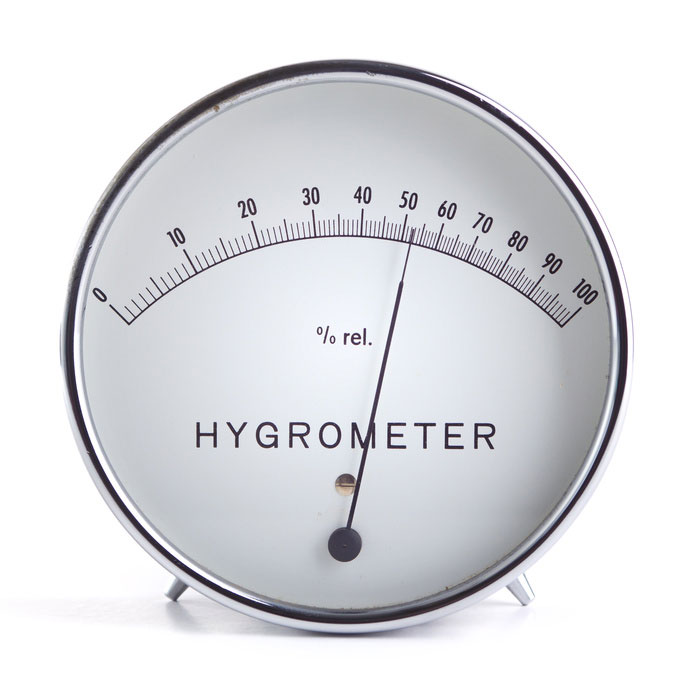The challenges of offseason paint maintenance
With the boating season over and boats on the hard, many owners direct their attention to annual maintenance. The task of surface preparation and painting is usually foremost on their mind.
Cold and uncertain weather presents a unique challenge for both professionals and do-it-yourselfers alike, especially if their project is outdoors or in an unheated, damp workspace.
For optimal results, any painting is best done indoors where the temperature and humidity can be controlled. Unfortunately, that luxury is not always an option. For the outdoor painter, even the best offseason weather forecast can present challenges put forth by wildly fluctuating temperature, humidity, and wind. These challenges are also true for those working in unheated sheds as the risk of condensation can be high.
All of these environmental factors can have serious repercussions on a paint job’s successful outcome, but there are ways to mitigate potential problems.
First and foremost is to ensure adequate ventilation in the workspace. Also, consider the rise in humidity that accompanies a fresh coating. Any primers or fillers used in preperation work will be affected by the slower drying process. Consequently, moisture trapped beneath a slowly drying layer of paint can often result in a flat (loss of gloss) topcoat.
Lower temperatures will also affect the workflow. Not only will paint take longer to dry, but it will also become thicker and more difficult to apply. The thickness, or viscosity, will also increase overall consumption. Ideally, the paint and the workspace should more or less be at the same temperature. The surface to be treated should be at least 3 degrees Celsius (approx. 37 degrees Fahrenheit) above the dew point where condensation occurs. The dew point is often lower than one might think. Be conscious of this, especially when applying a coating overhead where exhaled breath on a colder surface is likely to cause condensation. This becomes extremely important when painting a steel surface that can hold the cold despite the ambient room temperature. Likewise overheating can cause similar condensation problems. Your key in monitoring the workspace environment is to use a simple thermometer and hygrometer. By measuring the temperature and relative humidity you can avoid any surprises as a result of condensation.

In terms of product choice - two-part products such as polyurethane and epoxy vs single part finishes - be aware that two-part paints require a temperature of 12 degrees Celsius (53.6 degrees Fahrenheit) or greater to properly react and cure.
In short, cold weather is not your friend when it comes to painting. Unless you can secure a heated workspace where you have at least some control of the environment it may be better to wait until Spring.

